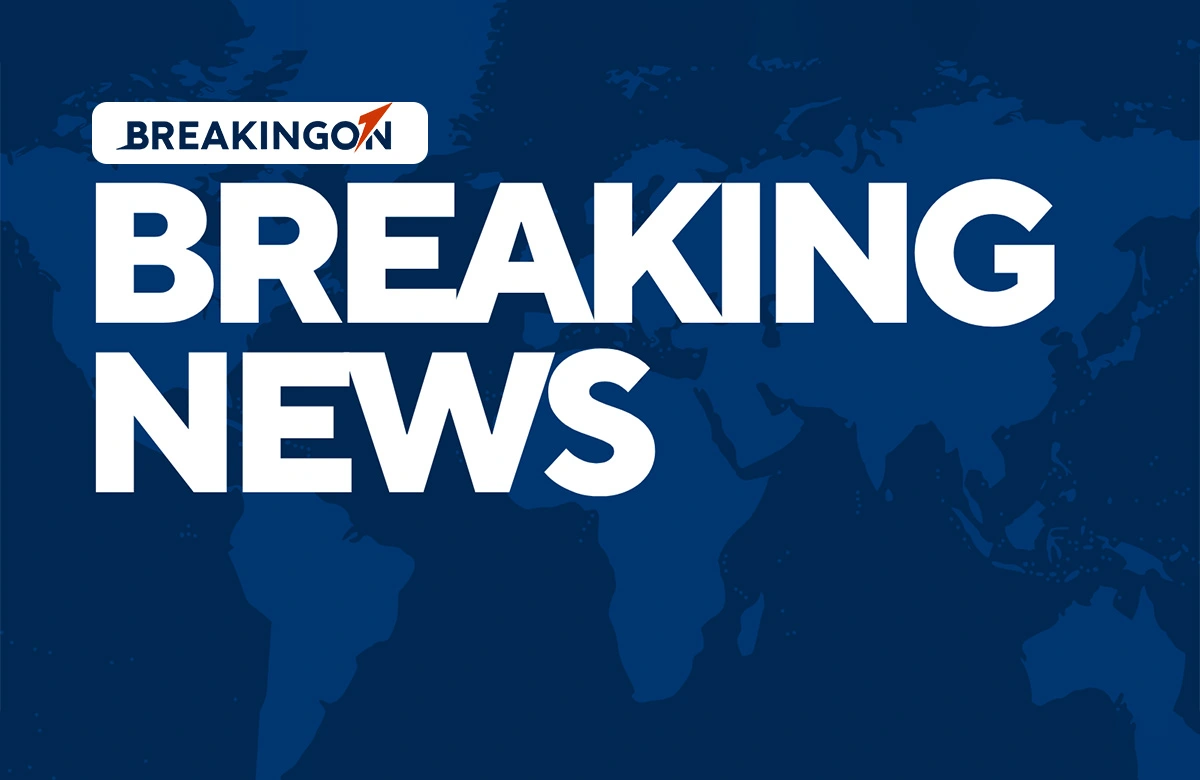
After a challenging year in 2024, which saw the loss of its founder and CEO, Colin Angle, the abandonment of acquisition plans by Amazon, and significant layoffs, iRobot is making a bold comeback. This week, the pioneering company, renowned for inventing the robotic vacuum over two decades ago, announced the launch of eight innovative models that are not the Roombas you might be familiar with. These new vacuums feature a completely different design and operate using an advanced feature: lidar navigation and mapping.
The freshly launched lineup starts at a competitive price of $299 and escalates to $999. It includes the entry-level 105 series, which features vacuum and vacuum mop options with the convenience of an auto-empty dock. Additionally, the 205 series introduces a unique onboard dust compactor, while the premium 405 and 505 models incorporate dual spinning mopping pads into the iRobot family for the first time. The new robotic vacuums are available in classic black and white and are set for preorder on March 18th at iRobot.com, targeting both the US and select European markets.
This product launch marks the largest in iRobot's history, but the most striking development is undoubtedly the integration of lidar navigation and room mapping—technologies that have been standard in most competing models. This advancement is expected to enhance mapping efficiency and introduce new features to Roombas. iRobot is also upgrading its app to include a real-time cleaning view, further enriched by lidar capabilities. Notably, all new models boast a suction power of 7,000Pa and offer four suction levels, although this is significantly lower compared to competitors like Roborock, whose latest model, the Saros 10, reaches 22,000Pa but comes with a price tag of $1,600.
In response to growing competition from Chinese manufacturers, iRobot has undertaken a comprehensive redesign of its robotic vacuums. The new Roombas have been reengineered from the ground up to transition from camera-based vSLAM navigation to lidar technology. In an interview, iRobot's product management lead, Warren Fernandez, stated that the company decided to embrace lidar now as the technology has matured and become more affordable, making it feasible for their product roadmap.
The primary advantage of lidar is its ability to facilitate smarter mapping for lower-priced models, enabling features like room-specific cleaning and the creation of clean zones and keep-out zones via the app. For the more advanced models, lidar promises faster mapping and improved navigation agility. Additionally, all Roombas will feature an ultrasonic carpet detection sensor, allowing them to intelligently avoid carpets while mopping.
The standout model in this new series is the $999 Roomba Plus 505 Combo Robot Plus AutoWash Dock. This model is the first to feature dual spinning mop pads designed for scrubbing hard floors. It also boasts the capability to extend its right mop for edge cleaning and can lift its mops 10mm to avoid low-pile carpets. The 505 model comes equipped with a multifunction dock that not only washes and dries the mop pads but also refills the mop tank and empties the bin—a feature lacking in iRobot’s previous top model, the 10 Max.
While the 10 Max remains the flagship with superior cleaning power, it uses a retractable mop system and does not include heated drying. However, both the 505 and 10 Max support the Matter smart home standard and integrate seamlessly with existing smart home technologies, including Amazon Alexa, Apple's Siri, and Google Home.
The budget segment is also seeing substantial enhancements with the new Roomba 105 and 205 series. These models come equipped with lidar-based mapping, 7,000Pa suction, and features like virtual keep-out zones and automatic carpet detection, all previously unavailable in the entry-level Roomba i5 and Combo Essential line. The 105 will be available for $299 or $319 for the combo option, while the 205 series will be priced at $449 and $469, respectively.
This new lineup illustrates iRobot's strategic shift in response to competitive pressures. Historically, under the leadership of Colin Angle, the company focused on superior cleaning performance over features. However, the new CEO, Gary Cohen, has recognized the importance of incorporating desirable features such as spinning mop pads and lidar technology to remain competitive. In a press release, Cohen emphasized the innovation stemming from iRobot's revamped Research and Development Labs, positioning these robots as a testament to the expertise of their engineers and designers.
While the pricing remains competitive, the success of this strategy hinges on the performance and reliability of these new models. As robotic vacuums continue to evolve, consumers can expect significant improvements in functionality and design. The anticipation surrounding the testing of these new robots is high, as they aim to uphold the Roomba legacy in a rapidly evolving marketplace.